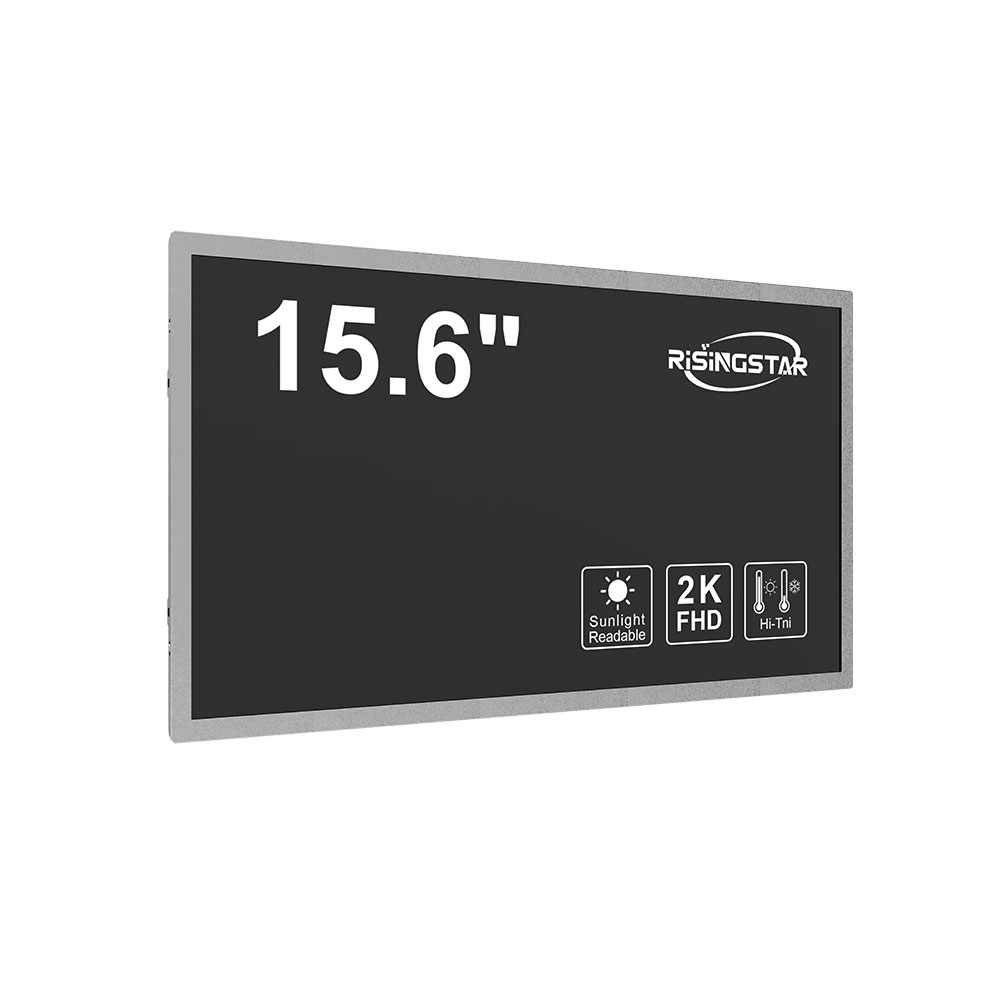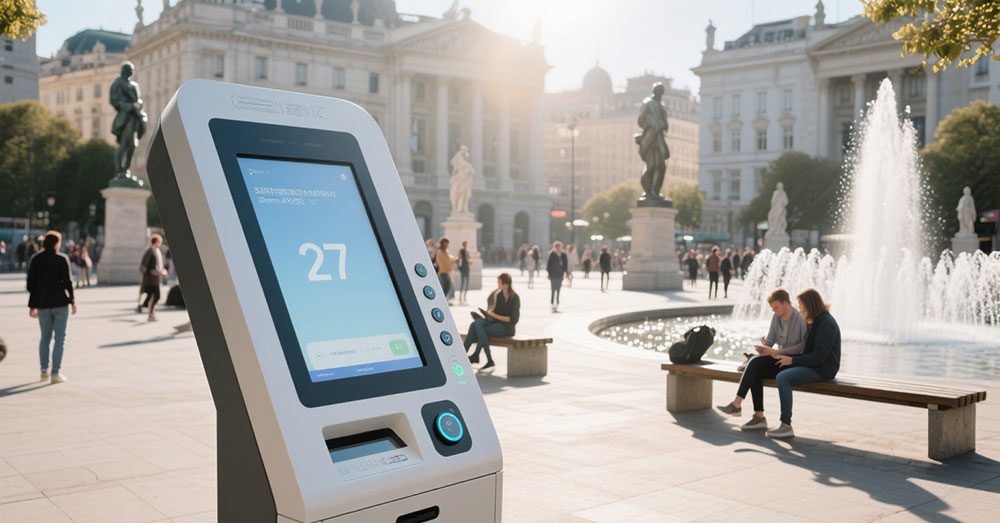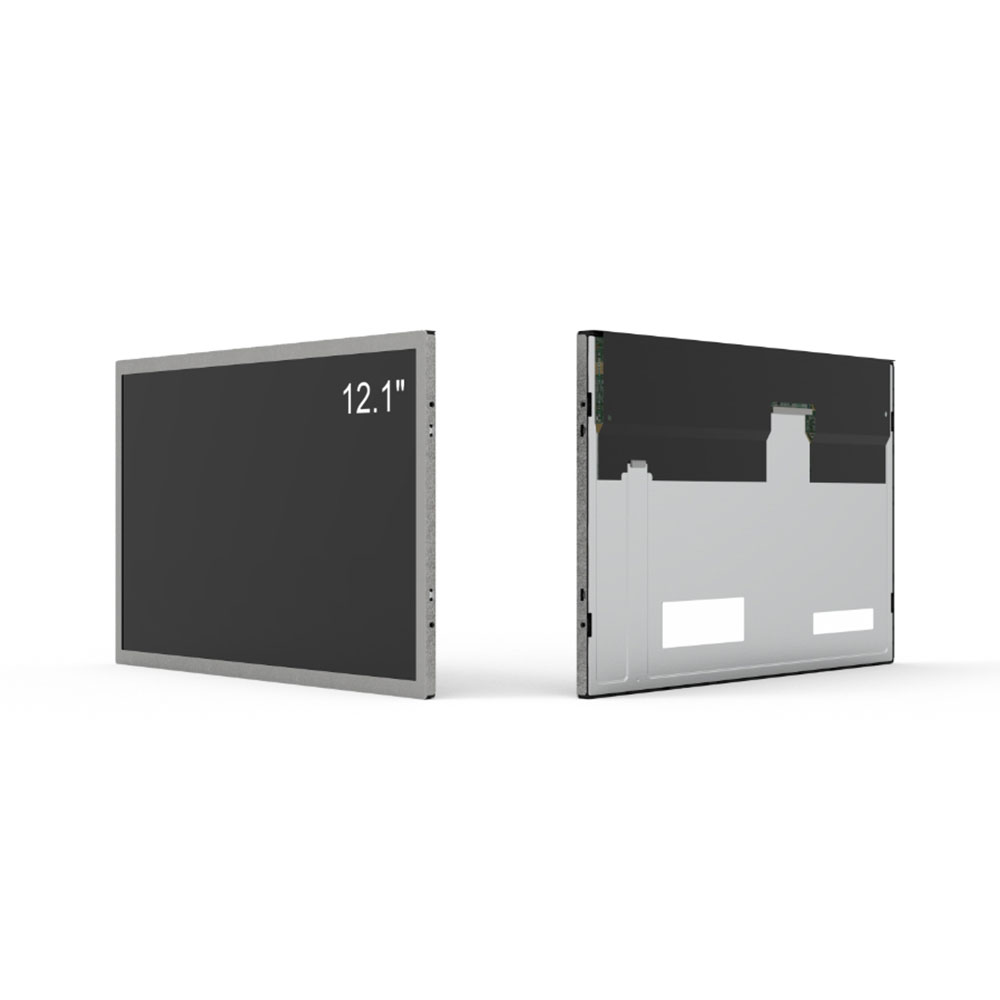When selecting the right display technology for outdoor LCD screens, the choice between VA (Vertical Alignment) and IPS (In-Plane Switching) panels is critical—not just for image quality but also for durability, visibility under sunlight, and energy efficiency. While both technologies are widely used in commercial and industrial applications, their performance differs significantly in real-world outdoor conditions.
VA panels offer superior contrast ratios—often exceeding 3000:1—which makes them ideal for environments with high ambient light. This advantage stems from deeper blacks and more uniform color distribution across viewing angles. For instance, a 4K outdoor digital signage system using a VA panel can maintain clarity even during midday sun exposure, a scenario where IPS panels may struggle due to lower native contrast. According to industry benchmarks from the Society for Information Display (SID), VA panels typically outperform IPS in peak brightness stability under direct sunlight, especially when paired with anti-glare coatings and high-luminance LEDs (typically 5,000–7,000 nits).
However, IPS panels remain popular for applications requiring consistent color accuracy and wide viewing angles—such as retail kiosks or public information displays. Their 178° horizontal and vertical viewing angles ensure that content remains readable from multiple perspectives, which is crucial in crowded urban spaces. Yet, in outdoor settings, IPS’s weaker contrast ratio (usually around 1000:1) can lead to washed-out images under bright conditions unless compensated by advanced backlighting systems.

From an engineering standpoint, VA panels are often preferred in professional outdoor installations because they consume less power for equivalent brightness levels—a key factor for solar-powered or battery-operated systems. A study published in IEEE Transactions on Consumer Electronics (2023) found that VA-based outdoor displays used up to 15% less energy than IPS equivalents while maintaining comparable visual fidelity. Additionally, VA panels have better thermal stability, reducing the risk of screen burn-in or color shift over time—an important consideration for 24/7 operations like traffic monitoring or stadium scoreboards.
Ultimately, the “better” panel type depends on the use case. If your application prioritizes deep blacks, high contrast, and low power consumption—for example, in construction site displays or vehicle-mounted info systems—VA is the clear choice. If color consistency and wide-angle visibility are non-negotiable, such as in airport wayfinding or museum exhibits, then IPS might be more suitable despite its drawbacks in daylight performance.

Industry professionals recommend conducting real-world tests under simulated outdoor lighting before finalizing any panel selection. This ensures that the chosen technology aligns not only with technical specs but also with actual deployment conditions.








